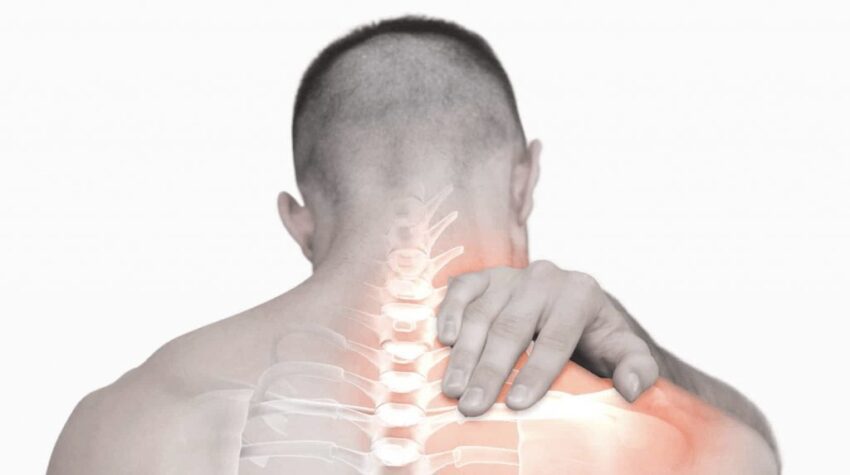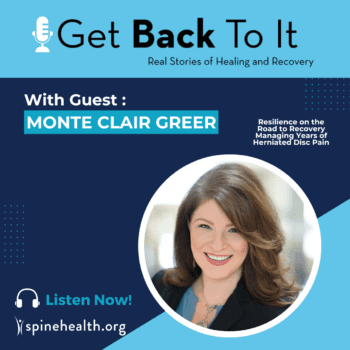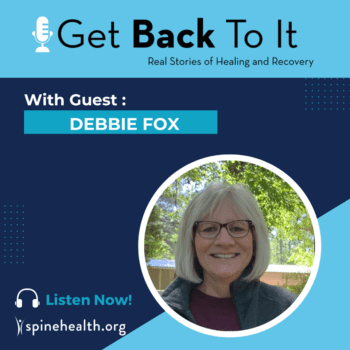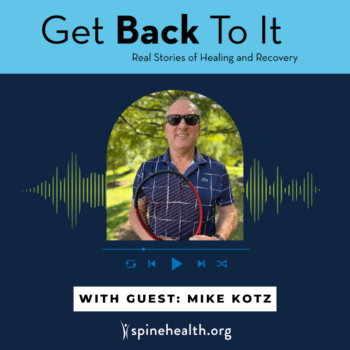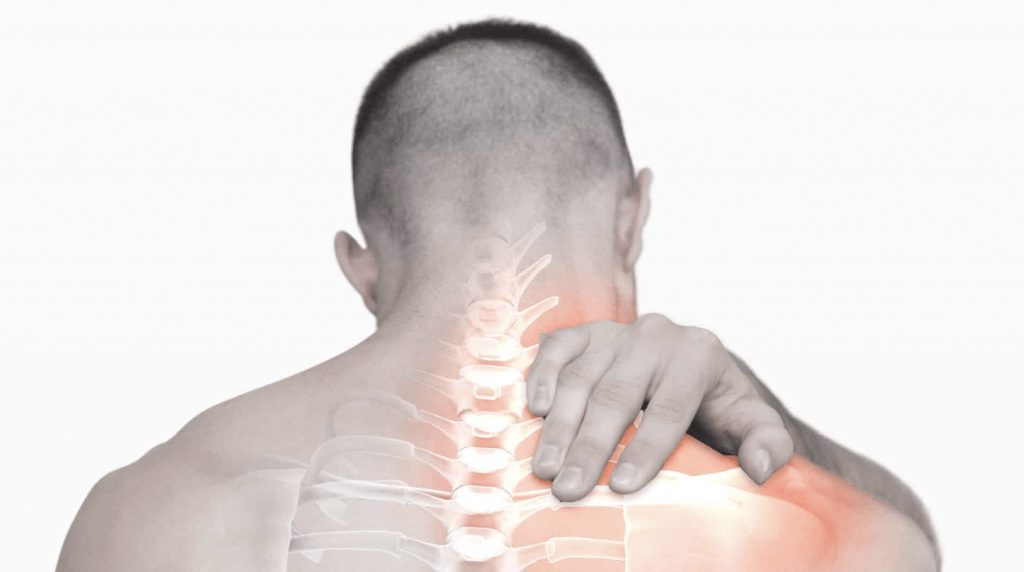
Unlike lower back pain, upper back pain is not a common condition. Nevertheless, just because it is less common, it doesn’t remove the fact that it can cause severe pain and discomfort.
Sometimes, the causes of having upper back pain are obvious. For example, upper back pain can be the result of an injury. However, not all upper back pain causes are so easy to pinpoint.
Did you suddenly start to experience upper back pain? Keep reading to learn about the most common upper back pain causes.
Muscle Deconditioning As a Result of Poor Posture
A proper strength training routine can help people with muscle growth and increase strength. Likewise, not properly using your muscles can lead to muscle deconditioning.
Engaging in poor posture is the most common way in which people don’t correctly use their muscles. In fact, poor posture can lead to developing structural changes in your spine.
The more that people engage in poor posture, the harder it is to correct it. This is because poor posture causes the supporting muscles of the spine to lose strength.
The good news is that you can correct your posture with upper back exercises. If you have questions or find your pain is severe, we encourage you to reach out to a physical therapist.
Herniated Discs
In the spine, there are 33 vertebrae , which are small bones that connect to the spine. Between each vertebra, we have discs that act as protective cushions. Without these cushions (discs), vertebrae would be rubbing against each other.
A herniated disc is a condition when a spinal disc breaks down. It is sometimes referred to as a slipped disc. This medical condition can cause the discs to put pressure on the spinal nerves. As a result, people experience back pain.
It is more common to develop herniated discs in the lower back. However, it is also possible to get herniated discs in the upper back. This can cause the pain you may be feeling.
Osteoarthritis
Cartilage is a tissue that prevents the bones from creating friction against each other.
Osteoarthritis is a condition in which cartilage wears down. As a result, advanced osteoarthritis can cause pain in the bones, including the spinal column. Likewise, having little to no cartilage in the spine causes pressure on the spinal nerves. Such pressure can cause numbness in the arms and legs.
Compression Fractures
This type of fracture is common in people whose bones are weak. For example, people with osteoporosis or bone cancer are prone to getting compression fractures.
A compression fracture happens when there’s so much pressure on a vertebra that it starts to develop small fractures. Those fractures make the vertebra compress and change into a wedged shape. Unfortunately, this change of shape can cause back pain.
Common causes behind compression fractures include sports injuries, falls, or car accidents.
Scoliosis
Scoliosis is an illness in which the thoracic spine has an abnormal curvature. As a result of scoliosis, many adults tend to hunch or have poor posture. As previously mentioned in the section above, poor posture can cause upper back pain.
Adults with scoliosis are also more likely to develop osteoporosis. Therefore, they are likely to experience back pain.
Myofascial Pain Syndrome (MPS)
Muscle pain is the primary symptom of myofascial pain syndrome. This chronic condition is often the result of an injury or from muscle overuse.
Unlike the normal recovery of injuries, with MPS, the pain of the injury persists for long periods. Physical therapy can help people with MPS to relieve upper back pain.
If you are experiencing upper back pain, check out our Patient Journey for next steps you might want to take.
